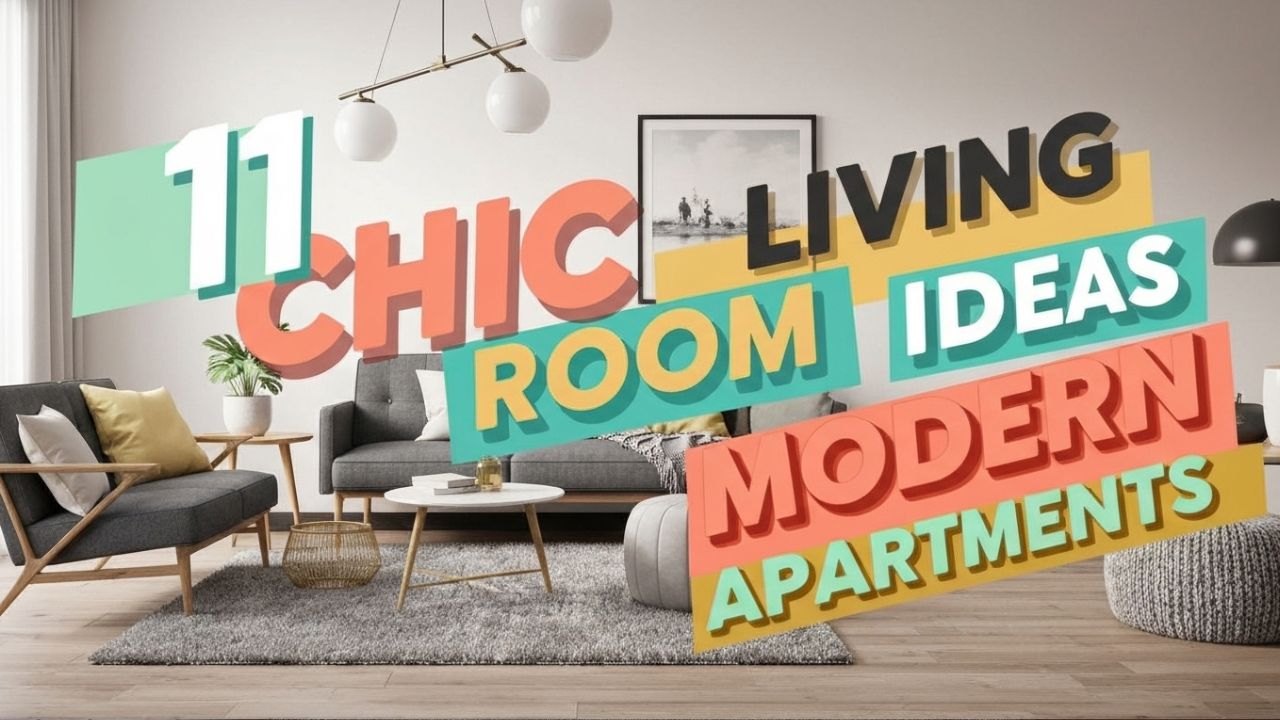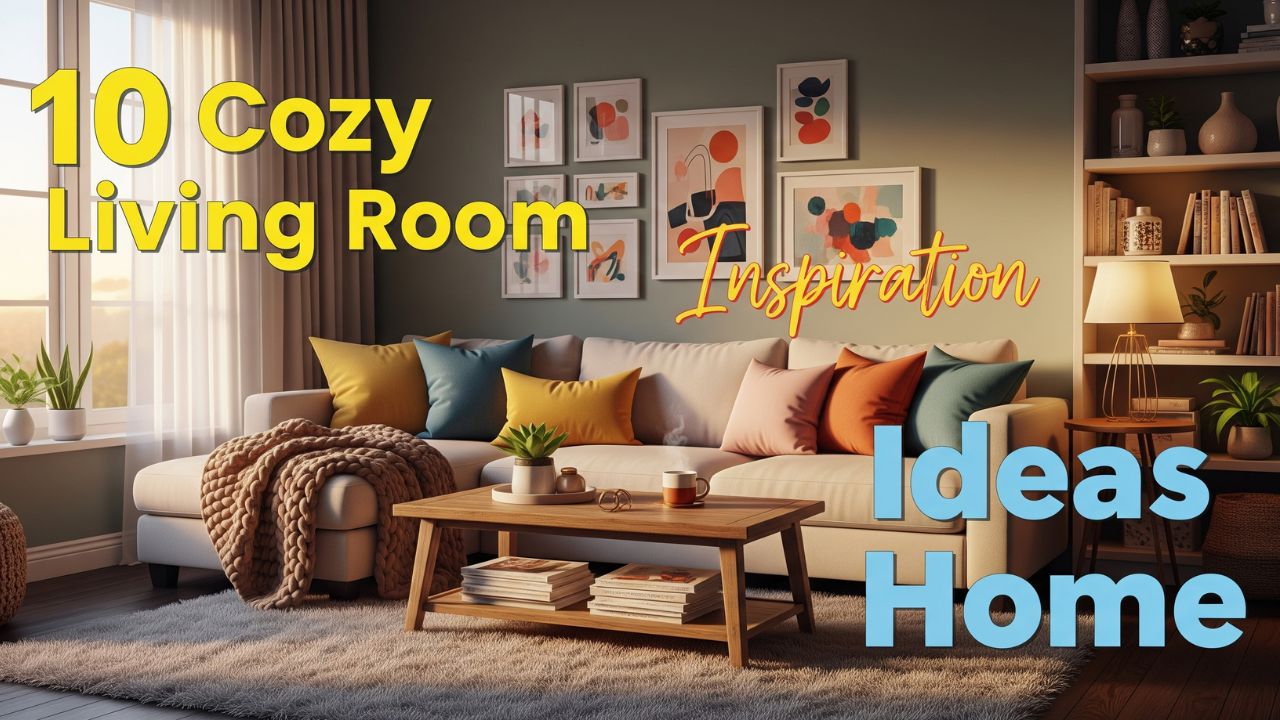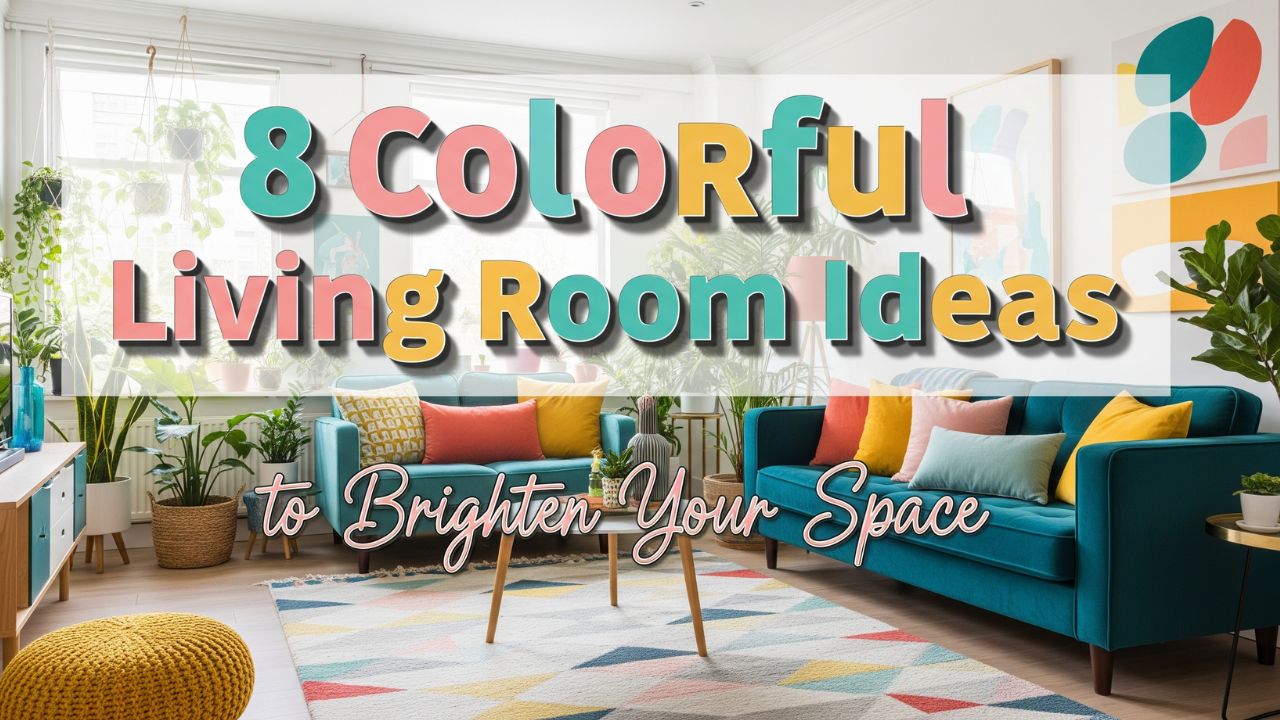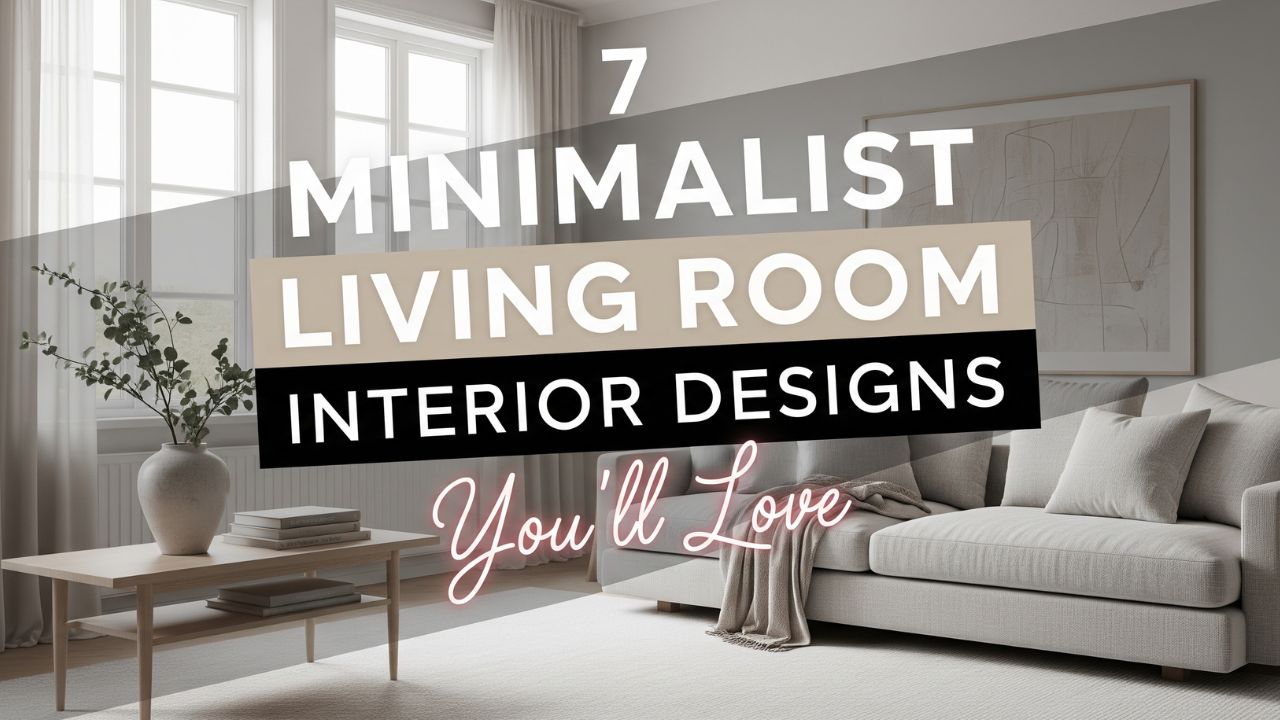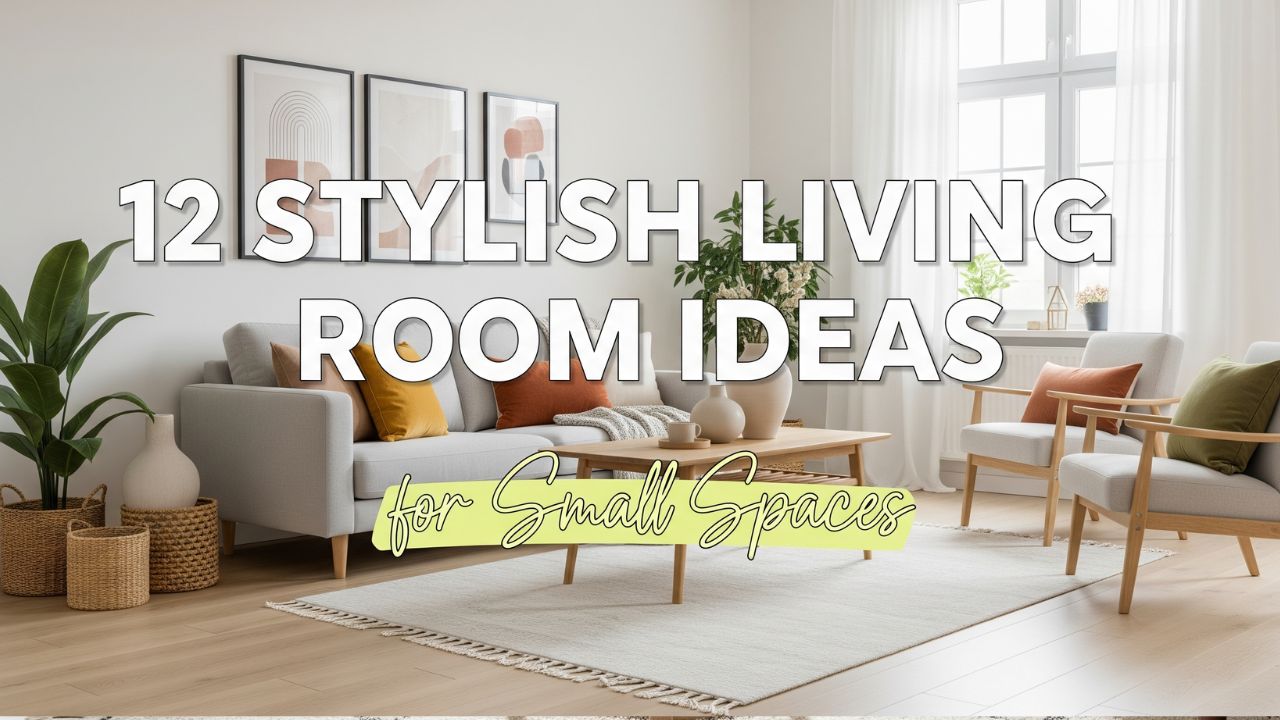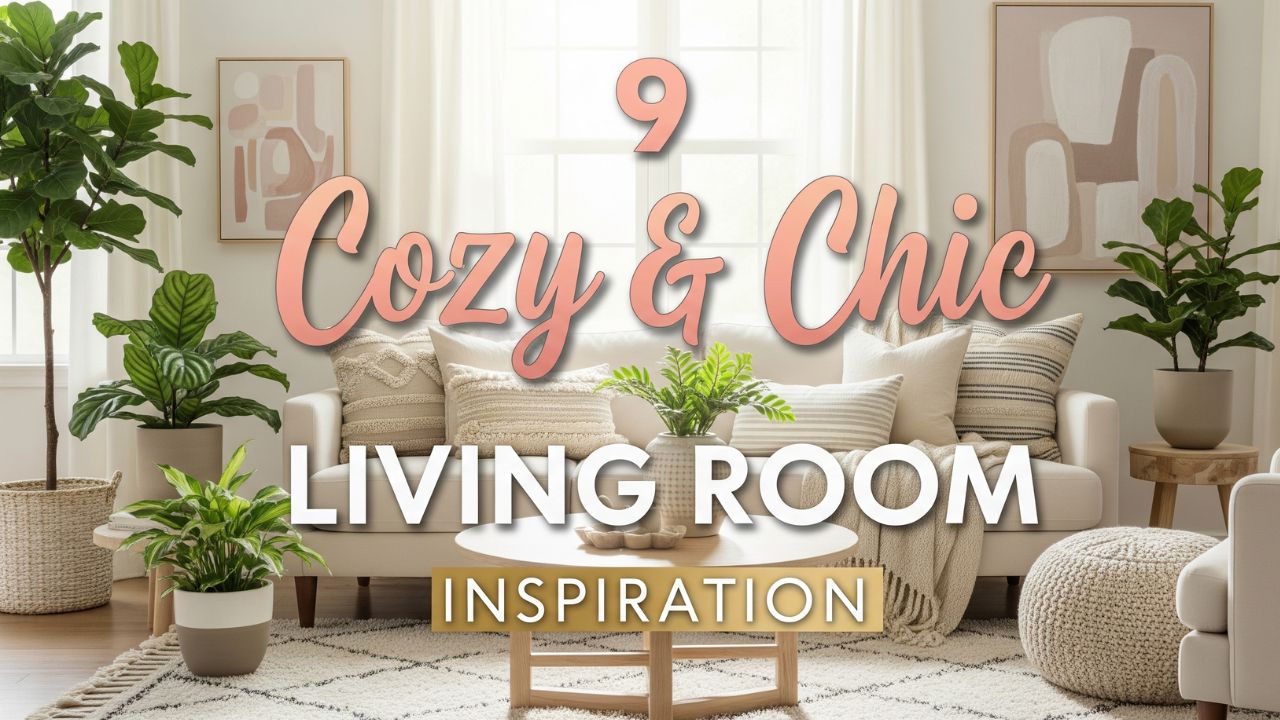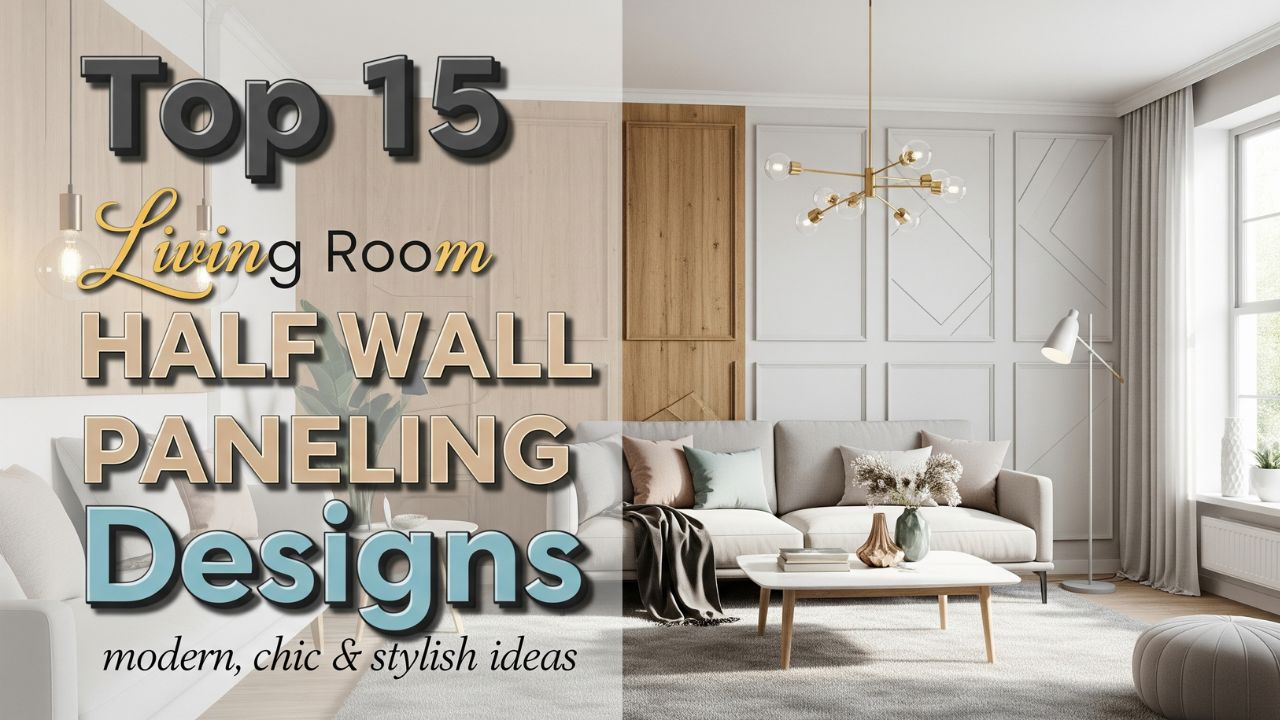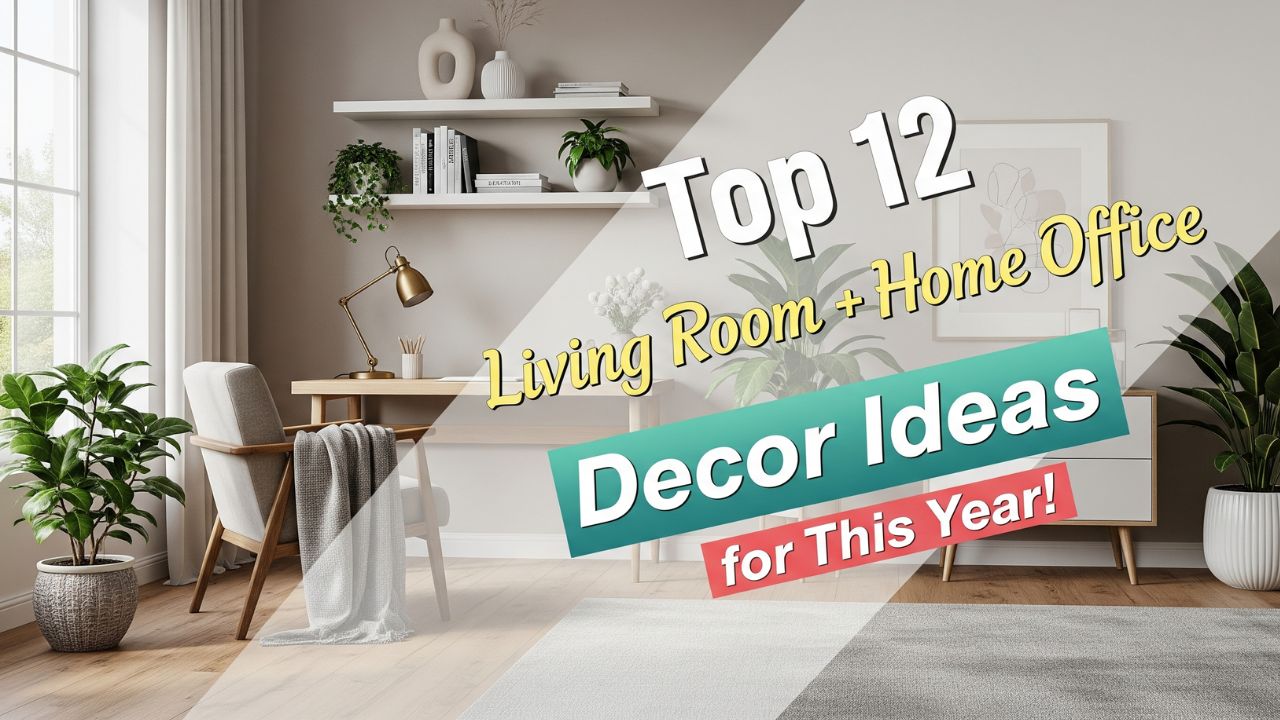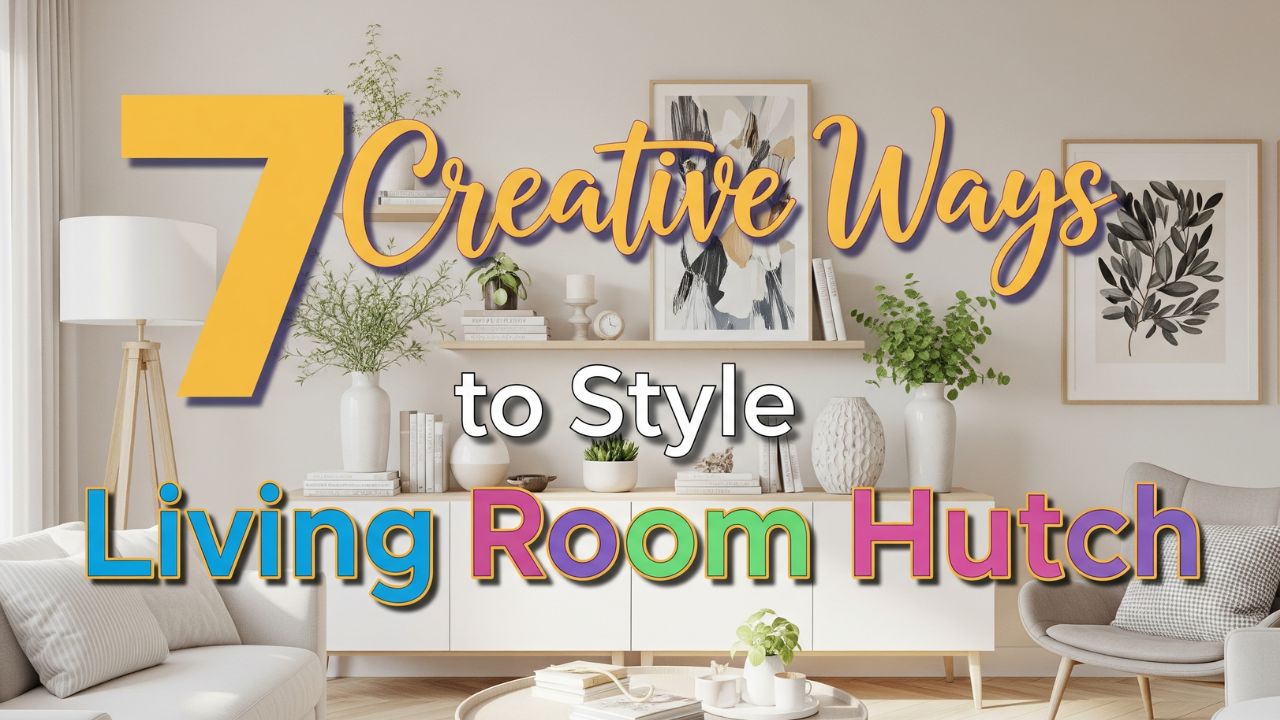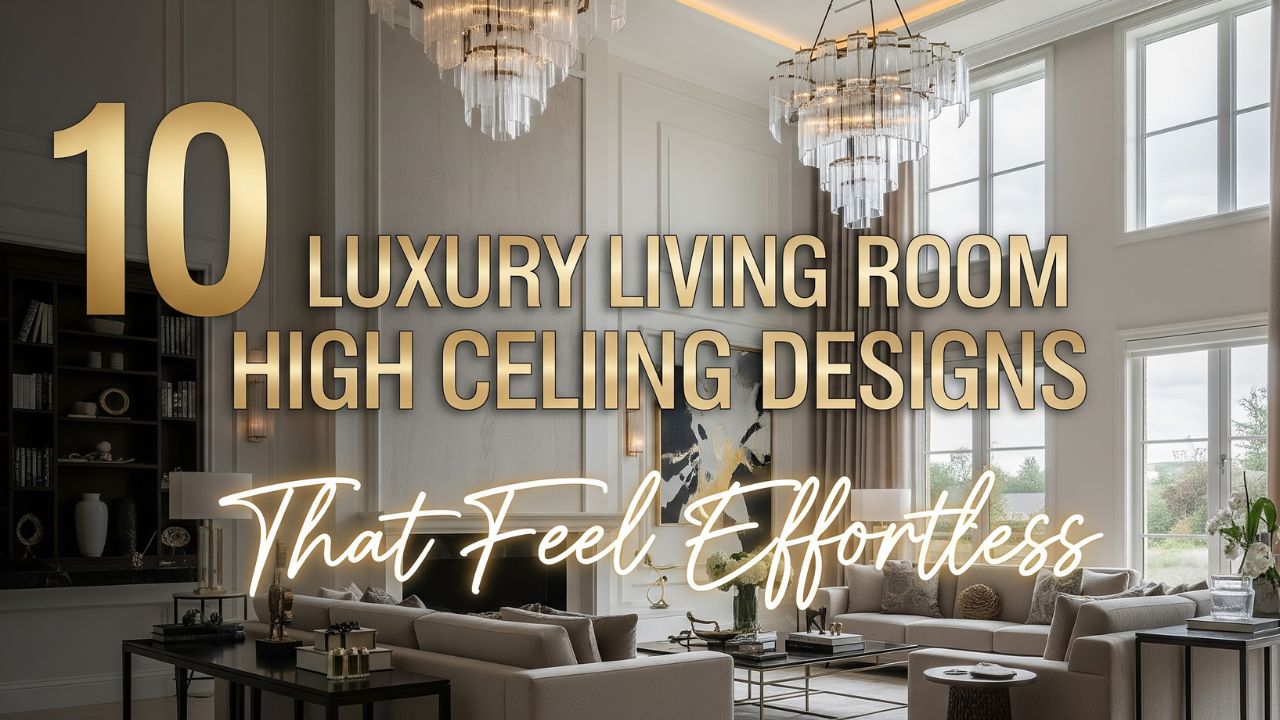Are you tired of clutter and chaos in your living space? Imagine walking into a room that instantly feels calm, organized, and stylish—a place where every piece has a purpose, and every detail sparks joy.
Welcome to the world of modern minimalist living room designs, a style that perfectly blends simplicity, elegance, and functionality.
Minimalism is more than just a design trend; it’s a lifestyle that encourages intentionality and mindfulness. In a minimalist living room, less truly is more.
From clean lines and neutral palettes to thoughtfully chosen furniture, every element contributes to a sense of tranquility.
But did you know that living in cluttered spaces can actually increase stress and affect your mental clarity? Studies have shown that minimalist environments promote calmness and can even improve focus.
If you’ve ever wondered how to transform your living room into a modern minimalist haven, you’re in the right place. Below, we explore 10 stunning designs that combine practicality, aesthetic appeal, and modern trends you can replicate in your own home.
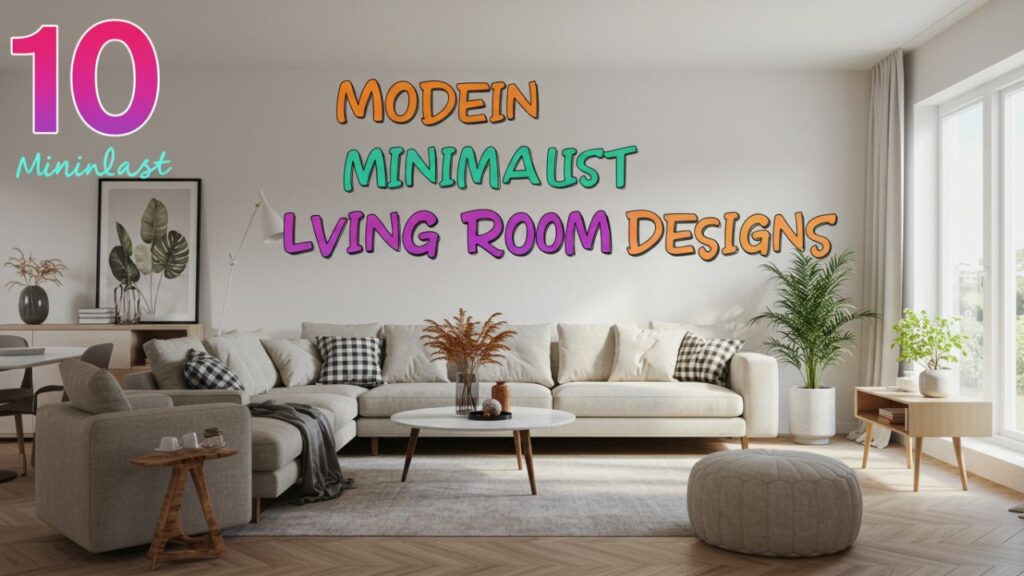
Table of Contents
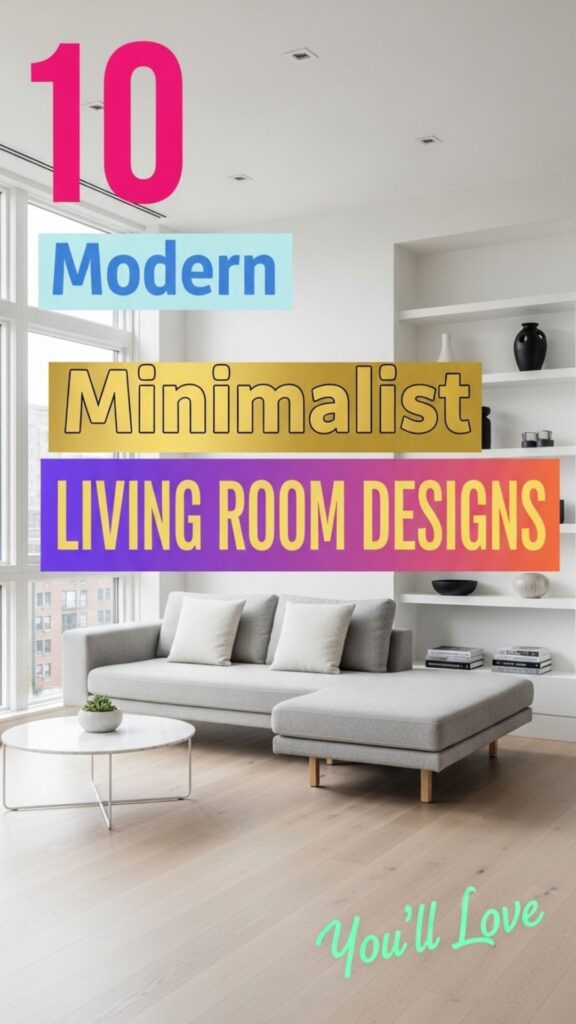
10 Best Modern Living Room Decor Ideas
1. Sleek Monochrome Magic
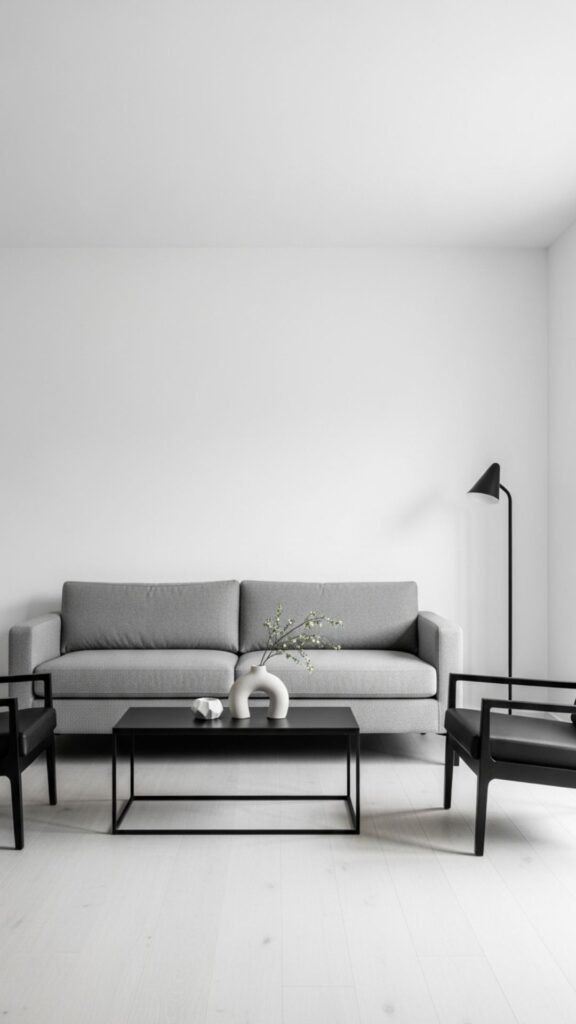
Description:
One of the most iconic approaches in minimalist living rooms is the monochrome palette. Think shades of white, gray, and black, layered with textures rather than colors. A soft gray sofa paired with a white rug and black accent furniture creates a sophisticated, serene environment.
Do you know? Monochrome doesn’t have to be boring. Using different materials such as metal, wood, and fabric adds depth and personality without overwhelming the senses. Minimalist design encourages texture over clutter.
Key Elements: Clean-lined furniture, subtle decorative accents, and careful attention to proportions.
2. Scandinavian Simplicity
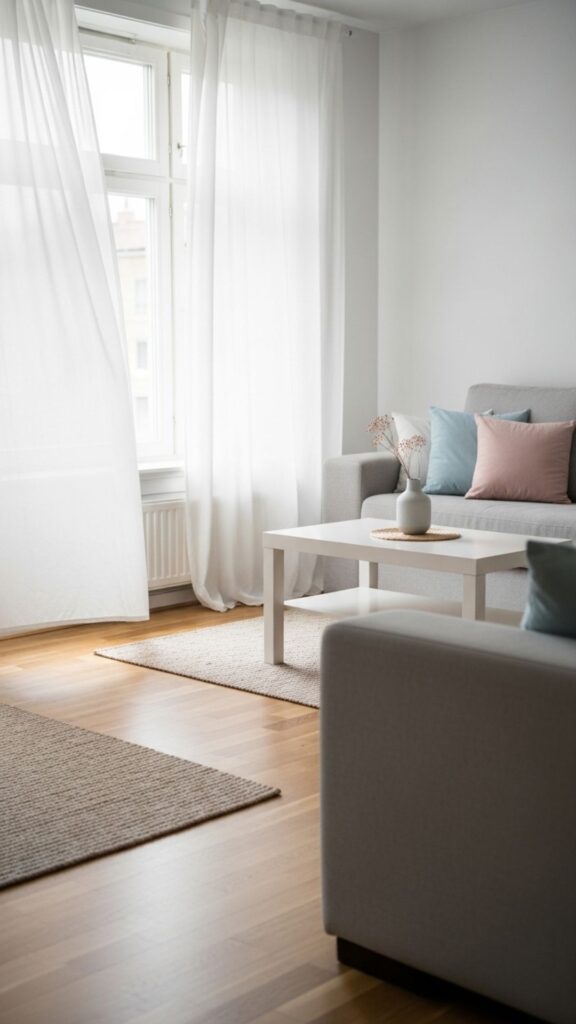
Description:
Scandinavian design champions simplicity, natural light, and a connection to nature. Picture a light wooden floor, airy curtains, and minimal furniture that prioritizes functionality. This style often features neutral tones with occasional pastel accents.
Interesting Fact: Scandinavian minimalism originated in the 1950s, emphasizing affordability and efficiency while maintaining elegance. The goal was to create spaces that feel comfortable, practical, and visually appealing.
Key Elements: Natural materials, soft textiles, uncluttered surfaces, and clean lines.
3. Open-Concept Layouts
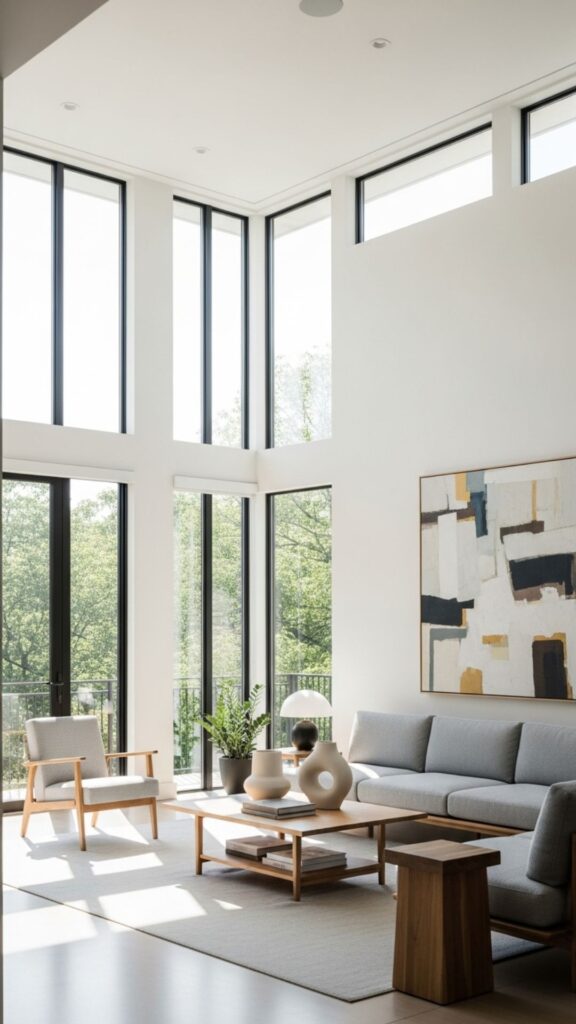
Description:
Modern minimalism thrives on open spaces. Removing unnecessary partitions or bulky furniture creates a sense of freedom and flow. Open-concept living rooms allow light to travel, making the area feel larger and more welcoming.
Myth: Many people believe minimalist spaces feel cold or empty. In reality, they can feel inviting and cozy if you choose furniture and accessories wisely. A single statement piece, such as a sleek coffee table or sculptural chair, can anchor the room beautifully.
Key Elements: Strategic furniture placement, plenty of natural light, and minimal decor.
4. Neutral Tones with Warm Accents
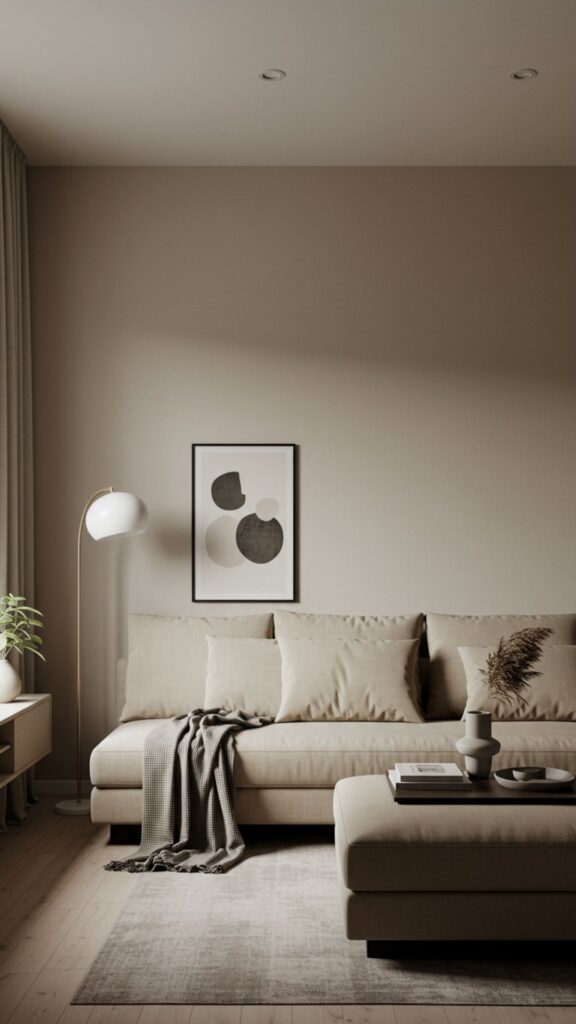
Description:
Minimalism doesn’t mean a lack of warmth. Using a neutral base with subtle warm accents, like soft beige cushions, a terracotta vase, or wooden elements, creates an inviting atmosphere. This balance prevents the room from feeling stark or sterile.
Do you know? Color psychology suggests warm tones evoke comfort and relaxation, which is perfect for a space meant for unwinding. Incorporating small warm accents ensures your minimalist living room feels cozy yet stylish.
Key Elements: Neutral walls, warm accent pieces, minimal clutter, and functional furniture.
5. Statement Furniture Pieces
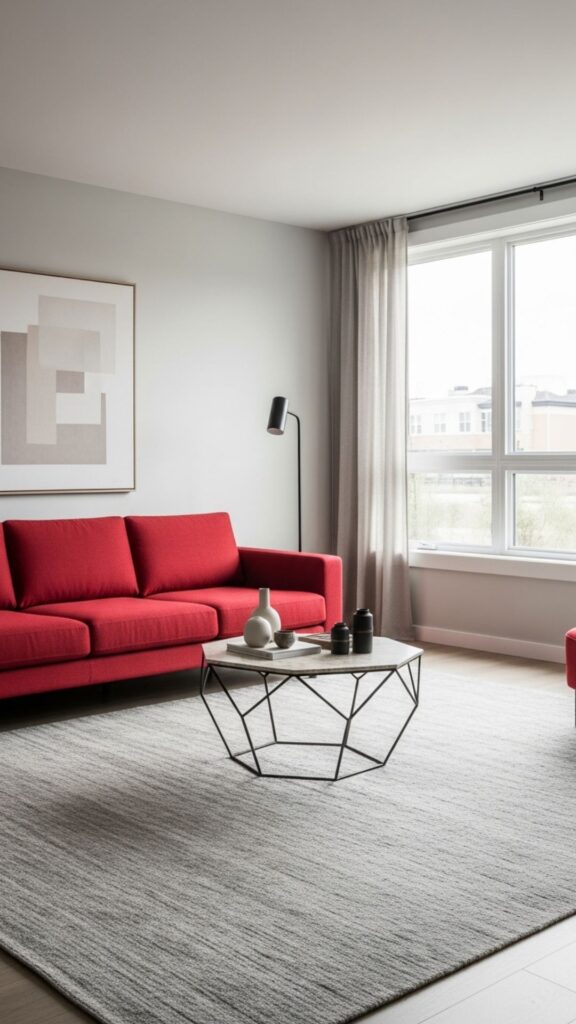
Description:
Sometimes, minimalism is all about quality over quantity. A single statement furniture piece, such as a designer sofa or geometric coffee table, can define the room without overwhelming it. Minimalism allows you to showcase pieces you truly love.
Interesting Fact: Many modern minimalist designs feature multifunctional furniture, like ottomans with hidden storage or expandable tables, which adds both style and practicality.
Key Elements: Bold, high-quality furniture, simple decor, and uncluttered spaces.
6. Industrial Minimalism
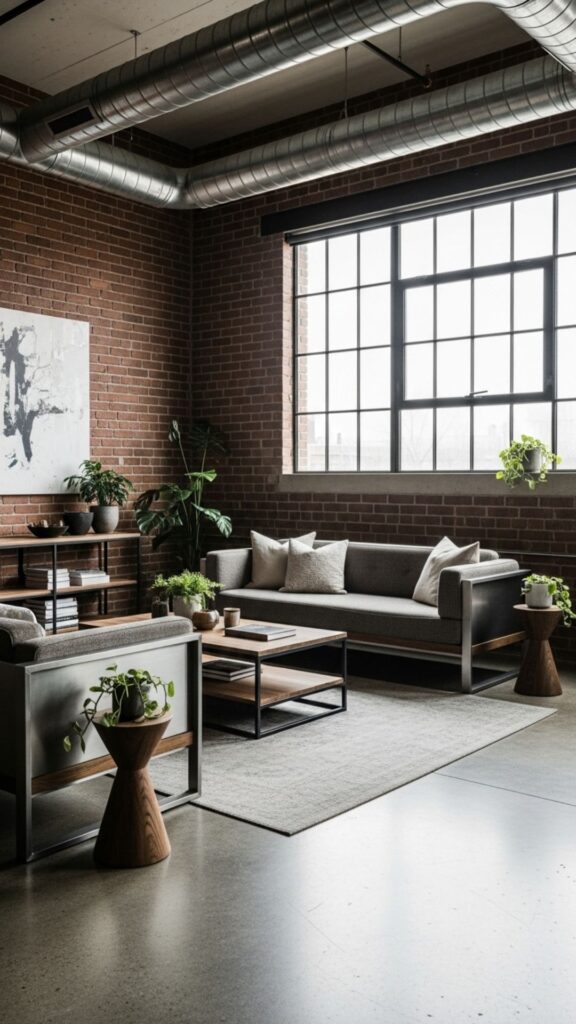
Description:
For lovers of urban and edgy aesthetics, industrial minimalism combines exposed materials like concrete, steel, and brick with minimalist principles. The result is a modern, raw, and stylish living room.
Myth: Minimalism is often associated only with soft, pastel tones. Industrial minimalism proves that minimalism can also be bold, strong, and dramatic, while maintaining simplicity.
Key Elements: Exposed textures, neutral tones, functional furniture, and open space.
7. Nature-Inspired Minimalism
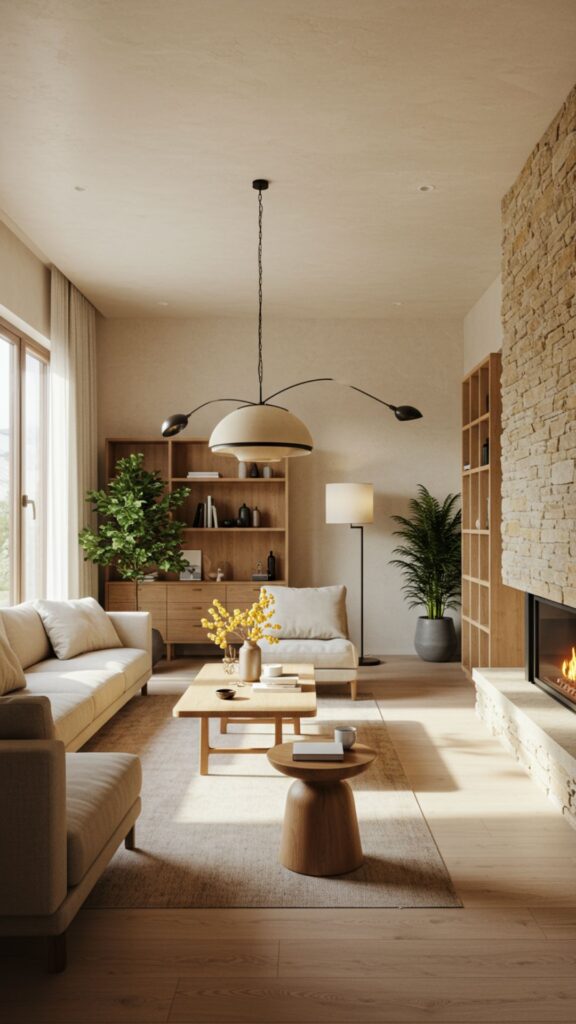
Description:
Incorporating natural elements is a hallmark of modern minimalist design. Think indoor plants, wooden furniture, or stone accents. Nature-inspired minimalism creates a serene environment that connects your living space to the outdoors.
Do you know? Research shows that indoor plants can improve air quality, reduce stress, and boost creativity, making them a perfect addition to minimalist spaces.
Key Elements: Organic materials, earthy tones, strategic greenery, and uncluttered layouts.
8. Minimalist Lighting Design
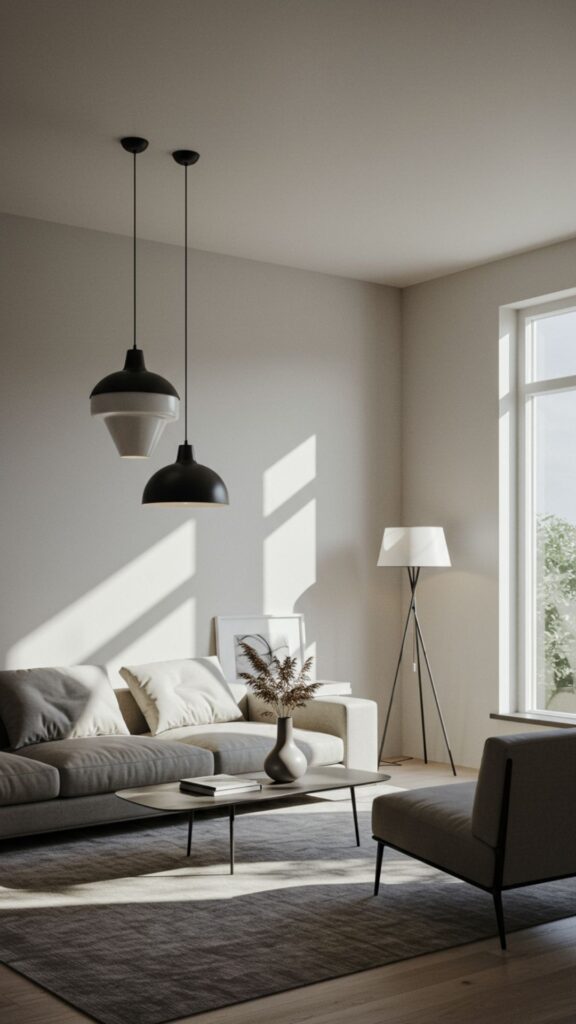
Description:
Lighting can make or break a minimalist living room. Using statement pendant lights, floor lamps, or recessed lighting highlights key areas and adds a cozy ambiance. Proper lighting emphasizes space without overcrowding it.
Interesting Fact: Minimalist lighting often focuses on functionality and simplicity. Adjustable lighting can create different moods, making your minimalist room versatile for work, relaxation, or entertainment.
Key Elements: Functional lighting, clean fixtures, and well-lit corners.
9. Artful Minimalism
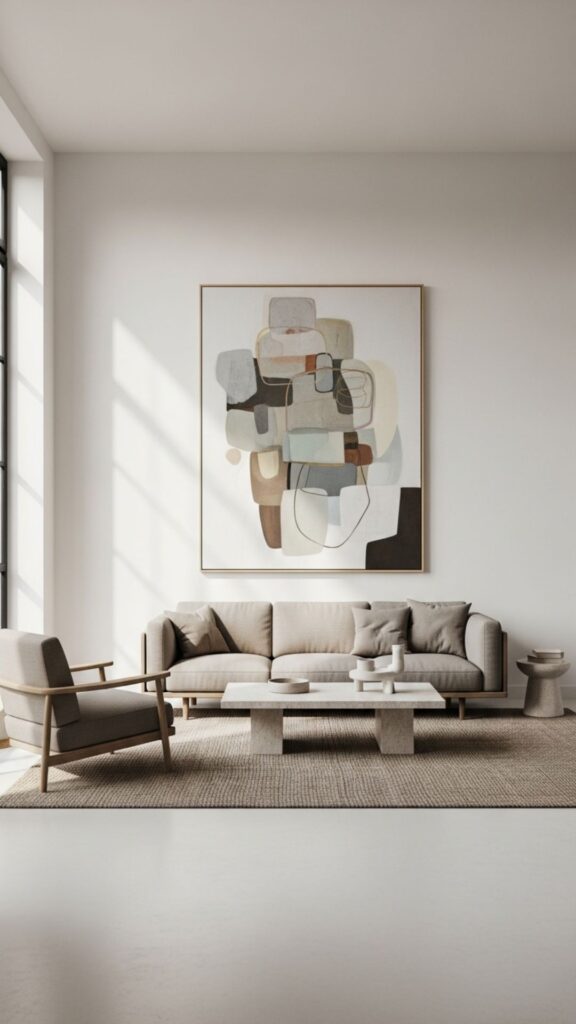
Description:
Even minimalist rooms can embrace art—but with restraint. A single large painting, a sculptural piece, or a gallery wall of small framed works can make a statement without cluttering the space. The key is intentionality.
Do you know? Minimalist art often focuses on shapes, textures, and negative space rather than busy patterns. This aligns perfectly with the principles of a minimalist living room.
Key Elements: Single art pieces, neutral backgrounds, and uncluttered surfaces.
10. Smart Storage Solutions
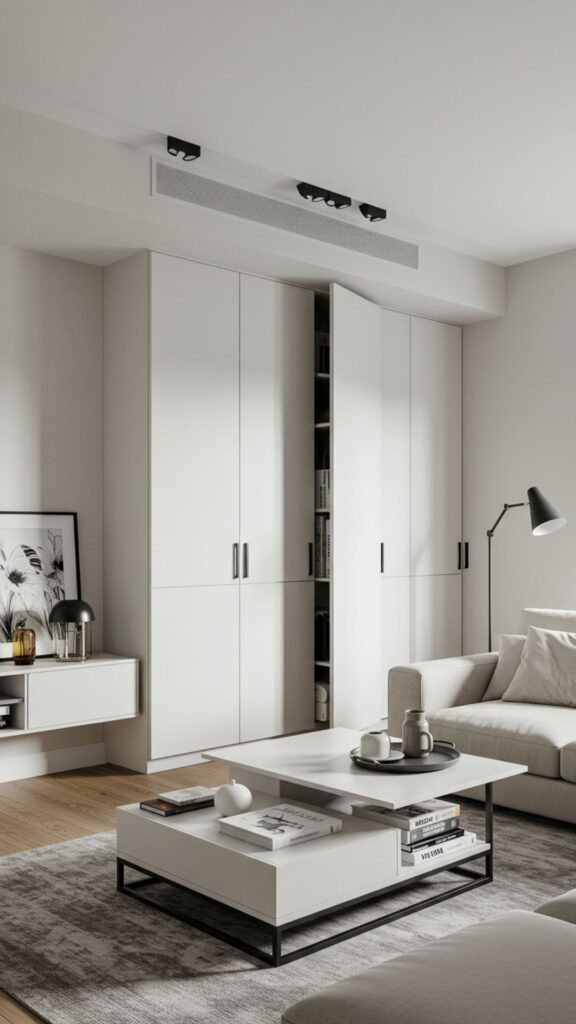
Description:
A minimalist living room requires smart storage. Built-in cabinets, hidden drawers, or multifunctional furniture help maintain order and keep surfaces clean. Storage isn’t just practical; it’s an essential part of minimalist aesthetics.
Interesting Fact: The Japanese philosophy of “Ma,” which emphasizes space and emptiness, heavily influences modern minimalist storage solutions. Proper storage allows for functional simplicity and visual clarity.
Key Elements: Concealed storage, multifunctional furniture, and decluttered spaces.
Conclusion
Modern minimalist living room designs are more than just a trend—they’re a way to create calm, organized, and visually appealing spaces that enhance your daily life.
From monochrome palettes and Scandinavian simplicity to nature-inspired accents and industrial vibes, there’s a minimalist style for every taste.
By focusing on simplicity, functionality, and intentional design, you can transform your living room into a sanctuary that reflects both elegance and practicality.
Whether you choose bold statement pieces, neutral tones, or nature-infused decor, the principles of modern minimalism ensure your space feels open, inviting, and effortlessly stylish.
Embrace minimalism, and watch your living room evolve into a place where every detail matters—and every moment feels meaningful.
Frequently Asked Questions (FAQs)
What is a modern minimalist living room?
A modern minimalist living room emphasizes simplicity, clean lines, and functionality. It focuses on fewer furniture pieces, neutral colors, and uncluttered spaces while maintaining elegance and comfort
How do I start designing a minimalist living room?
Begin by decluttering your space, choosing a neutral color palette, and selecting multifunctional furniture. Focus on quality over quantity, and incorporate natural light and textures to add warmth.
Can a minimalist living room feel cozy?
Yes! Using soft textiles, warm accent colors, and natural elements like wood or plants can make a minimalist room feel inviting and comfortable without compromising its clean design.
Do minimalist living rooms require expensive furniture?
Not necessarily. Minimalism emphasizes quality and intentionality rather than cost. You can achieve a stylish minimalist look with simple, well-chosen pieces and DIY decor solutions.
How can I make a small living room look minimalist?
Opt for open layouts, light neutral colors, multifunctional furniture, and minimal decor. Using mirrors and natural light can also make the space appear larger and more open.
